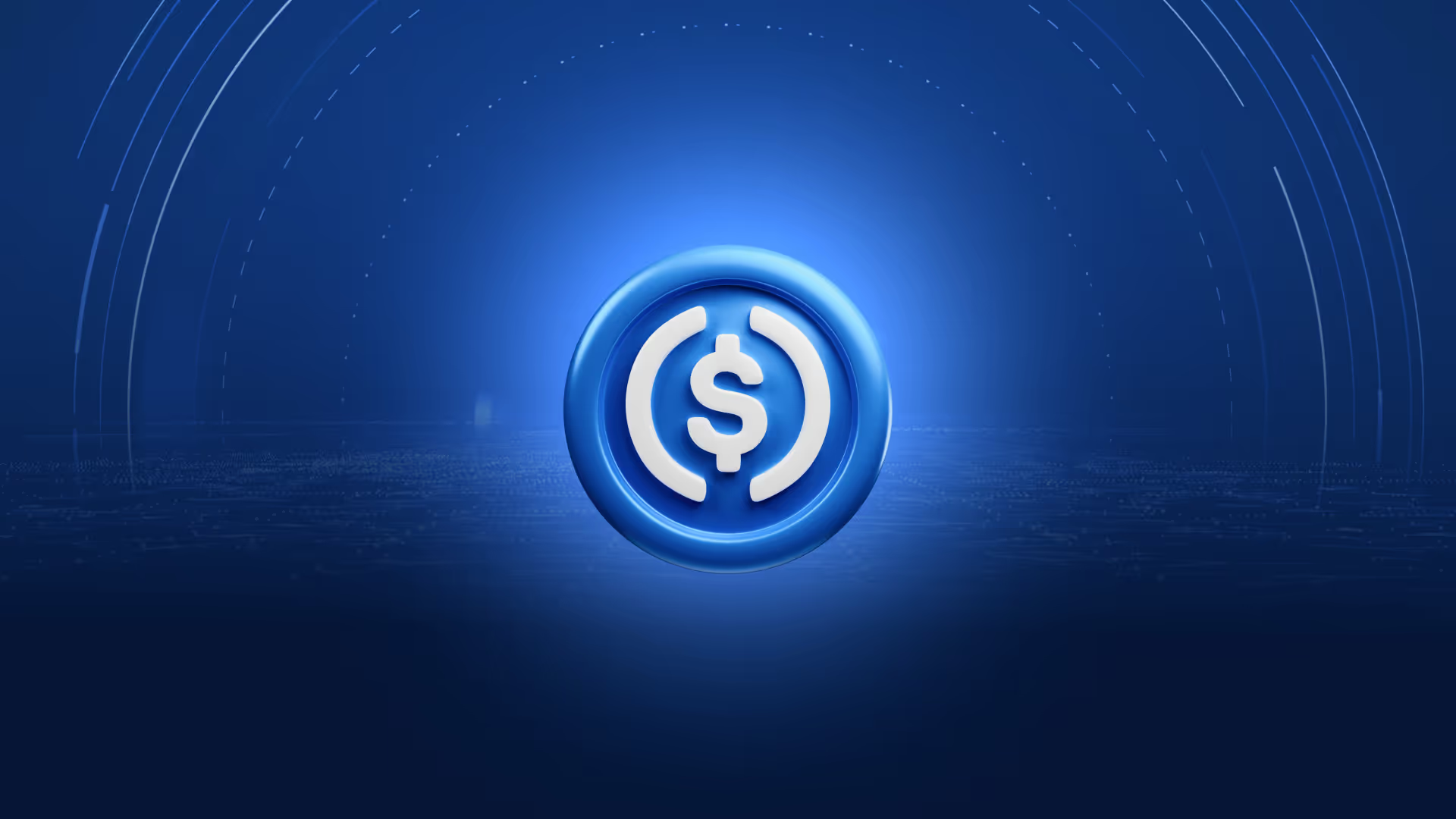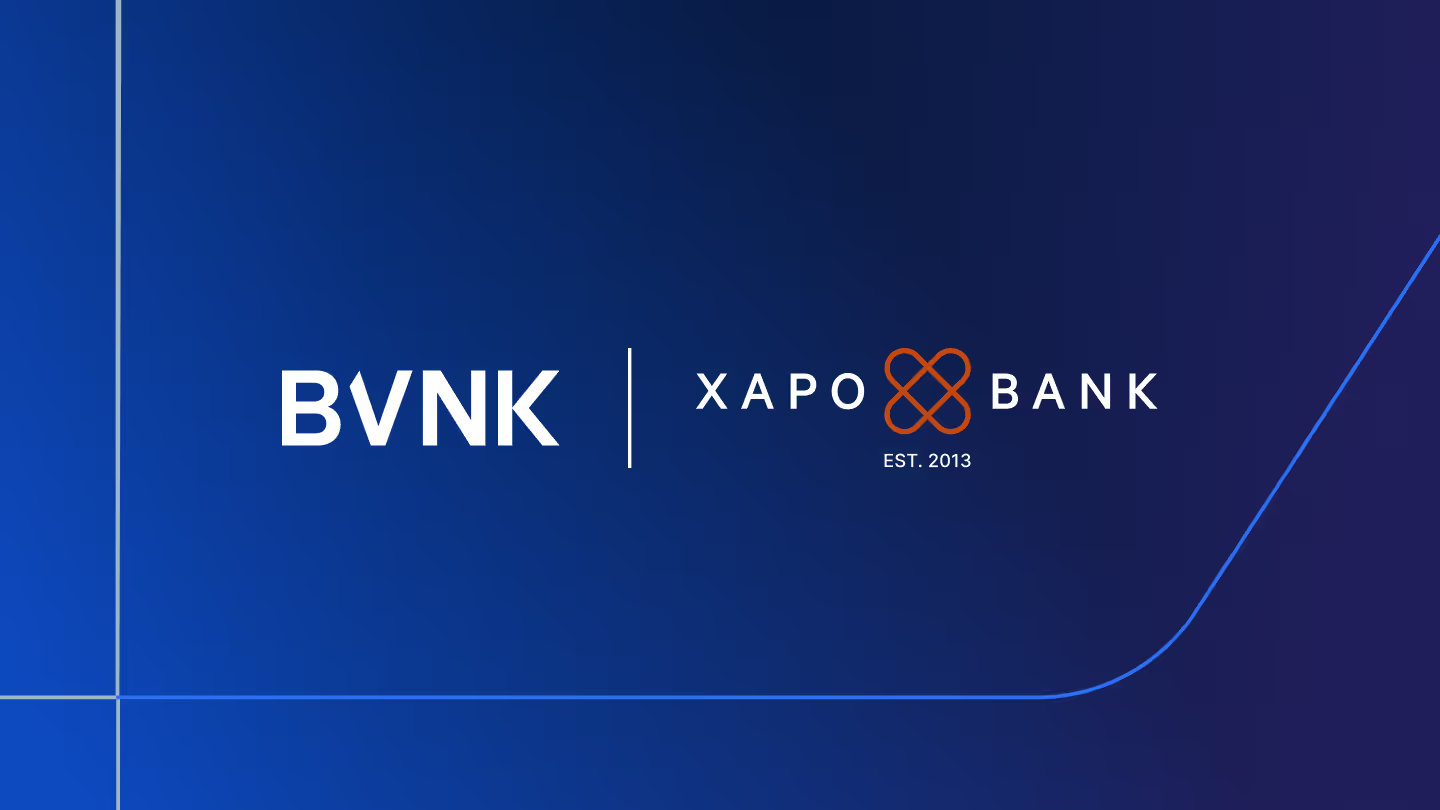Standard Custody CEO Jack McDonald on launching a stablecoin and the Ripple acquisition
Ben Reynolds, BVNK’s MD in the US, spoke to Jack McDonald, CEO of Standard Custody, about Ripple’s plans to acquire the business and launch a stablecoin on the XRP Ledger.

Tell us how you went from a career in traditional finance to digital assets?
Like many of us who've made that move, it makes sense when you look in the rear-view mirror. There's a kind of mosaic or tapestry to your career, and the way technology evolves, there is this constant tension between incumbent financial models, and the boundaries that technology can push.
I've always been on the sell side, firstly in larger investment banks and more recently, I ran a company called Conifer Securities with a prime brokerage and custody business. We sold that to a bank and then I met Arthur Britto, co-founder of Ripple. He was looking to build an infrastructure company focused on custody for digital assets. I joined him six years ago and we started PolySign, which owns Standard Custody. We're now days away from closing our transaction, selling Standard Custody and Trust to Ripple, upon which I'll be joining Ripple.
What does it mean to be a Trust company? Talk us through the regulatory challenges.
When we started the company, we wanted to be a qualified custodian. In the US, it's a requirement that registered investment advisors meeting certain thresholds use a qualified custodian to custody their assets.
The road has been paved for traditional equities and fixed income, but when you get into digital assets, it’s less clear. You can be a qualified custodian by either being a broker dealer regulated by FINRA, or you can be a Futures Commission Merchant regulated by the CFTC, or a trust company regulated at state level. When we embarked on the journey, FINRA had not granted any broker dealer licenses for crypto custody – that’s still true today. FCMs licenses meanwhile restrict you to working with futures on Bitcoin and ETH.
So we chose the trust company route. There were less than a handful of states awarding those licenses, and we chose to go big – to the New York Department of Financial Services. That has afforded us the ability to provide custody and escrow services for institutions across a range of digital assets.
People like to talk about the scar tissue they have from working with regulators, but I’ve found the journey with New York DFS to be very collaborative. They've been on the leading edge in terms of wanting to understand how digital assets operate in a financial ecosystem. They've been there with us every step of the way, and we're working with them now through this transition to Ripple.
On the acquisition: can you talk a bit about the strategic importance for Ripple?
Ripple has evolved from a cross-border payments company 10 years ago to today, where it’s broad-based in terms of tokenisation, payments, custody, and – in the not too distant future – stablecoins.
Acquiring a trust company is a strategic fit for them. Brad Garlinghouse, Ripple’s CEO, announced at Paris Blockchain the intention to launch a stablecoin. When you consider Ripple's global payments network, there's a broad global base of financial institutions who have increasingly been using stablecoins as a means of payment and a settlement token for that payment – Ripple wants to natively be a part of that.
They've got a very compliance-forward regulatory approach and a strong balance sheet. They've been a leader in the digital asset and crypto space and they want to take advantage of that.
Huge news: Ripple launching a stablecoin that competes with USDC, Tether, PYUSD. How do you see it fitting into the ecosystem?
The Ripple stablecoin is intended as an institutional B2B stablecoin, but there is of course a B2B2C component, so having partners like BVNK who can help it reach the end consumer, I think will be critical to making it as successful as it can be.
Ripple rightly views the ecosystem as a rising tide, lifting all ships. There's plenty of room for more high-quality liquid stablecoins. This is not a 'winner takes all' journey. Ripple is looking to work with other ecosystem participants and issuers for the benefit of the industry. We know the massive economic impact that stablecoins are projected to have over time, and Ripple just wants to be a part of that equation.
Can you tell us more about the stablecoin itself?
Ripple will be announcing more in the coming weeks, but the idea is to have a US-dollar backed stablecoin, since that's where the most demand is globally. Over time, I think there will be others given Ripple's global presence. But to start, it's a US dollar backed, high quality liquid asset, with a big four accounting firm doing monthly attestations. Ripple will also be doing regular attestations on the reserves.
The objective is to have key banking partners working with Ripple to manage and custody the reserves and to launch the stablecoin on both Ethereum and the XRP Ledger.

Launching a stablecoin is no small task. Any lessons learned?
I've heard it said that launching stablecoin is a war of attrition. Do you have the balance sheet? Do you have the stamina? When I first looked at the size of Tether’s quarterly profits and the size of their team, it struck me that it must be a really easy business to be in.
But in fact, it’s a complicated business. There are many known unknowns, like what's going to happen to interest rates, which are a key economic component of the business model. Or how regulation will evolve.
In the US, it feels like legislation is evolving in a way that is favourable to state chartered trust companies like ours. But it's a global marketplace. You've got this kind of dynamic force of what markets you can enter into and what the rules of engagement are going to be.
I'm also learning how compelling the different strategic partners are who collaborate with issuers to make a stablecoin successful, and how the economics are shared across those partners such as exchanges, market makers and so on.
The last lesson is that you need to be very mindful of the bright lines that exist between the stablecoin and whether or not it can be deemed to be a security, and whether there are incentives and yield that gets shared. There are different swim-lanes you can choose in how you position a stablecoin. Ripple for example very much views its stablecoin as nothing remotely close to a security.
Finally, let’s talk use cases for Ripple’s stablecoin. What’s your take?
One of the big differentiators for the stablecoin will be the payments business that Ripple has built. Right out of the gates – that’s hundreds of customers, hundreds of countries and tens of billions of dollars worth of transactions. For those institutions having a very reliable, robust, cost effective stablecoin to help accelerate liquidity, will be advantageous.
With the recent launch of the XRP Ledger’s Automated Market Maker functionality on the native decentralised exchange, the stablecoin can also leverage the auto-bridging that XRP currently provides in the ecosystem, to create a flywheel effect on the XRP Ledger.
This conversation took place at Currency LDN 024. Catch up on all the content from the day
Latest news
View allGet payment insights straight to your inbox



.jpg)







.avif)


.jpg)





